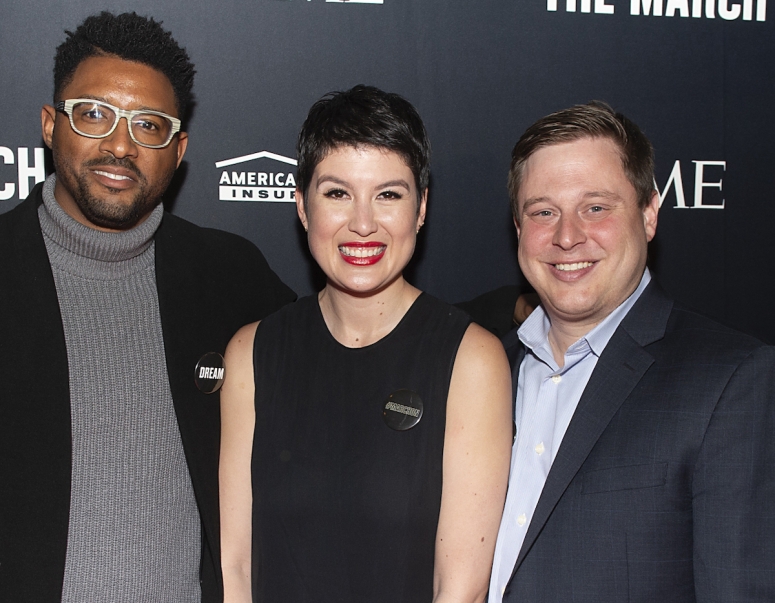From art auctions to sports collectibles, non-fungible tokens, or NFTs, have had a breakout year. But where do we go from here?
Everywhere, was the consensus answer in a panel discussion Tuesday at Consensus 2021. Representatives from British auction house Christie’s and Time Magazine, accompanied by prominent NFT collectors Metakovan and Whale Shark, laid out a bullish case for NFT applications in the future which could range from collectibles to proof of university degrees.
“This is the art world’s Napster potentially because it could be that disruptive to the way people do business,” said Noah Davis, Christie’s point-person on NFTs. The British auction house announced in February that it would accept ether, the Ethereum blockchain’s native currency, as a payment method right before Beeple’s watershed digital artwork went under the hammer. The artwork was eventually sold for $69 million to Singapore-based blockchain entrepreneur Metakoven, aka Vignesh Sundaresan.
Time magazine, the nearly centenarian publication, has also ventured into the NFT and crypto space over the past few months as it announced in April that it would begin accepting crypto payments for subscriptions and auctioned its first set of NFTs in March inspired by its April 8, 1966, “Is God Dead?” cover.
“Covers are collectibles. Historically, they represent sort of moments of society, the world, they touch people,” said Keith Grossman, president of Time magazine, noting that the selling NFT covers was almost like an extension of the magazine’s analog cover store. Grossman said that Time places crypto use cases into three categories: high-end collectibles (via NFTs), mid-tier collectibles for niche spaces, and a chain that allows the magazine to provide access to subscriptions, memberships and unique experiences.

Prominent digital art collectors Metakovan and Whale Shark also laid out their optimism for NFTs, noting that as people spend more and more time online, it’s only natural that they’ll come to value verifiable digital ownership more significantly.
“Whether that be a skin on Fortnite, whether that be a weapon skin on CS-GO [Counter Strike: Global Offensive],” NFTs represent “a very mature solution” — one that takes such assets and is able “to give it provenance and scarcity so that they can be treated like normal collectibles,” said Whale Shark.
Responding to a question about whether the digital tokens could be used to fund museums, MetaKovan said that while it’s possible to do so, designing it to ensure consistency and baking in the allure to get people to walk through the doors is equally important.
“It’s not about just putting something there. But you know, creating a culture of people being able to perceive something,” he said.
While the panel agreed overall that non-fungible digital assets are likely to have a strikingly bright future, a measured and patient approach to it is also important considering the scope of experimentations going on in the space.
Davis said that while Christie’s has spoken with “probably 1,000 people” with solid NFT ideas, the auction house is planning its strategy on a 1 to 3 month basis with recent auctions involving blue-chip items like Andy Warhol NFTs and more experimental roll-outs.
“The future of NFTs is when the word ‘NFT’ actually just disappears from linguistics,” said Grossman, adding that it would be similar to the way tech specifications fell out of computer-speak when the experience took center stage.
“I expect NFT technology to be so integrated within society that when you ask people: ‘What is an NFT?’ They’ll just say ‘I own it’” said Whale Shark.
 coindesk.com
coindesk.com